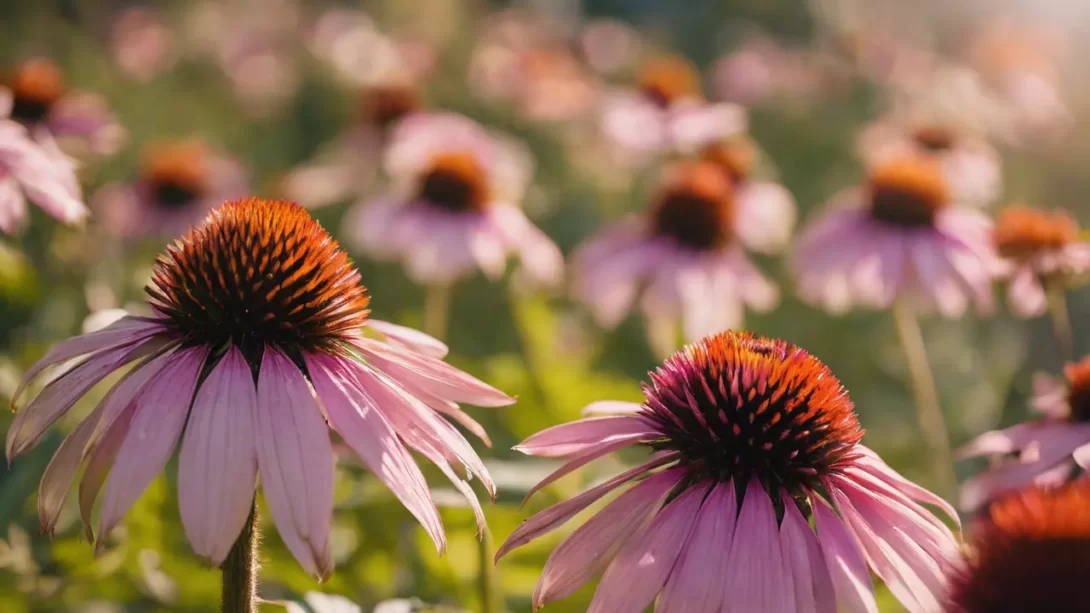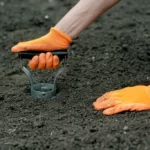Echinacea, commonly known as coneflower, is a perennial plant renowned for its medicinal properties, particularly in boosting the immune system. Harvesting Echinacea correctly is crucial for preserving its therapeutic qualities. This article provides a detailed guide on how to harvest Echinacea, including the ideal time for harvesting different parts of the plant and the best techniques to use. Understanding the nuances of harvesting this plant will ensure that you maximize its medicinal benefits, whether you’re using it for personal use or for a larger herbal project.
Echinacea Plant
Echinacea is a genus of herbaceous plants in the daisy family, with several species like Echinacea purpurea, Echinacea angustifolia, and Echinacea pallida being the most commonly used for medicinal purposes. These plants are characterized by their showy flower heads, with a central cone surrounded by petal-like rays. Echinacea typically blooms from late spring to early autumn and is known for its resilience and ability to thrive in a variety of conditions. Recognizing the specific growth stages and characteristics of Echinacea is essential for determining the optimal time for harvesting.
Pre-Harvest Considerations
Before harvesting Echinacea, several factors need to be considered to ensure the highest quality of the harvested material:
- Soil Quality: Echinacea prefers well-drained soil with a good balance of nutrients. Soil health directly impacts the potency of the plant.
- Plant Age: Echinacea plants should be at least 3-4 years old before harvesting the roots to allow sufficient time for the development of active compounds.
- Weather Conditions: The best time for harvesting is after a few consecutive dry days to ensure the plant parts are not wet, which can lead to mold during drying.
- Sustainable Practices: It’s important to harvest in a way that ensures the continued health and vitality of the plant population, particularly when harvesting roots. This involves leaving enough plants untouched for regeneration.
When to Harvest Echinacea
The timing of your harvest depends on which part of the Echinacea plant you are harvesting:
- Roots: The best time to harvest Echinacea roots is in the fall, after the flowering has ceased and the plant has begun to go dormant. This is typically when the roots are richest in medicinal compounds.
- Leaves and Flowers: These can be harvested in the summer when the plant is in full bloom. The leaves and flowers are at their peak potency when the flowers are just beginning to open.
Tools and Equipment Needed
Proper tools are essential for effectively harvesting Echinacea without damaging the plant:
- For Roots: A sturdy garden fork or spade is necessary to dig up the roots without breaking them. A garden knife or shears may also be helpful for cutting the roots from the plant.
- For Leaves and Flowers: Sharp scissors or garden shears should be used to cut leaves and flowers cleanly.
- For Processing: Have on hand clean trays or screens for drying, as well as gloves to protect your hands, especially when handling roots.
Harvesting Echinacea Roots
Harvesting Echinacea roots requires careful technique to preserve the plant’s medicinal properties:
- Digging the Roots: Loosen the soil around the plant with a garden fork. Gently lift the plant to expose the roots, taking care not to break them.
- Separating the Roots: Shake off excess soil and separate the roots from the stem. Trim any damaged or rotten parts.
- Cleaning: Rinse the roots lightly to remove soil, being careful not to soak them, which could lead to mold during drying.
- Drying: Cut the roots into smaller pieces and lay them out on drying racks in a well-ventilated, dry area away from direct sunlight. The roots should be completely dry before storage to prevent mold.
Harvesting Echinacea Leaves and Flowers
The process for harvesting Echinacea leaves and flowers is straightforward:
- Timing: Collect leaves and flowers in the morning after the dew has evaporated but before the heat of the day, as this helps preserve their essential oils.
- Method: Use sharp scissors or shears to cut leaves and flower heads. Be sure to leave enough foliage on the plant to ensure its continued health.
- Quantity: Harvest only what you need, leaving the majority of the plant intact. This sustainable approach ensures the plant can continue to grow and produce.
Post-Harvest Processing
Proper processing is crucial for preserving the medicinal qualities of Echinacea:
- Cleaning: Gently shake or brush off any dirt from the leaves and flowers. Washing is not recommended as it can strip away beneficial compounds.
- Drying: Lay the leaves and flowers on drying racks in a cool, dry, and well-ventilated area. They should be completely dry to the touch before storage.
- Storage: Store dried Echinacea in airtight containers away from light and moisture. Properly dried and stored Echinacea can last for several years.
Uses of Harvested Echinacea
Echinacea can be used in various forms for its health benefits:
- Tea: Dried leaves and flowers can be used to make herbal tea.
- Tinctures: Both roots and aerial parts can be used to make tinctures, which concentrate the plant’s active compounds.
- Topical Applications: Infused oils with Echinacea can be used for skin care purposes.
Common Mistakes to Avoid
When harvesting and processing Echinacea, avoid these common errors:
- Overharvesting: This can weaken the plant and reduce its ability to regrow.
- Improper Drying: Inadequate drying can lead to mold and loss of medicinal properties.
- Harvesting at Wrong Time: Picking leaves, flowers, or roots outside of their optimal times can result in lower potency.
Conclusion
Harvesting Echinacea requires careful timing, proper technique, and sustainable practices to ensure the highest medicinal quality. Whether using the roots, leaves, or flowers, understanding the nuances of each part of the plant will help you maximize their therapeutic potential. With the right approach, you can enjoy the health benefits of Echinacea from your garden and contribute to the sustainable use of this valuable medicinal plant.



